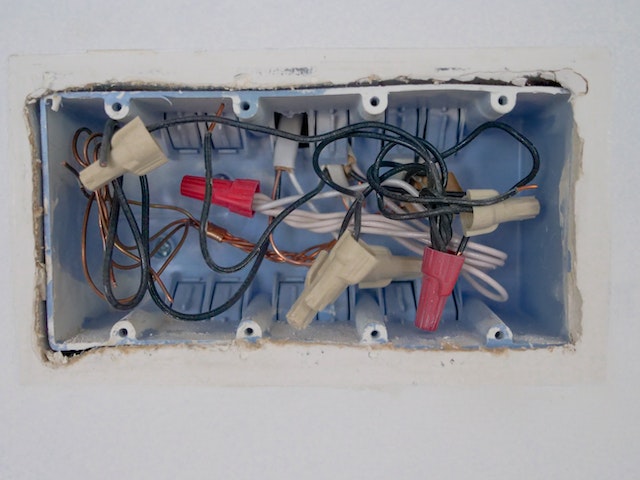
THHN and THWN are two of the most common types of electrical wire. They are building wires that, like other building wires, are used in residential and commercial buildings. While they share some similarities, though, THHN and THWN electrical wire aren’t the same.
What Is THHN Wire?
THHN wire is a type of building wire that features thermoplastic insulation, a nylon coating, and is designed to withstand temperatures of up to 90 degrees Celsius.
The term “THHN” refers to a set of design codes for building wire. The “T” indicates the use of thermoplastic insulation. The “HH” indicates high-heat resistance. The “N” indicates a nylon coating.
What Is THWN Wire?
THWN wire is a type of building wire that features thermoplastic insulation, a nylon coating, and is heat resistant and rated for wet environments.
Like THHN wire, THWN wire is a type of building wire that features thermoplastic insulation and a nylon coating. It uses a slightly different set of design codes, however.
Differences Between THHN and THWN Wire
THHN and THWN are similar types of building wire. How do they differ exactly? As revealed in their respective design codes, only THWN wire is rated for wet environments. You can use it in humid and other wet environments without fear of it failing. THWN wire can withstand moisture while continuing to provide a safe pathway for electricity.
Another difference between THHN and THWN wire lies is their temperature rating. They are both able to withstand hot environments. THHN wire, though, is only rated for 90 degrees Celsius in dry environments and 75 degrees Celsius in wet environments. THWN wire, in comparison, is rated for 90 degrees Celsius in both dry and wet environments.
What About XHHW-2 Wire?
In addition to THHN and THWN wire, there’s XHHW-2 wire. XHHW-2 is a type of building wire that features thermoplastic insulation, a cross-linked polyethylene construction, and is heat resistant and rated for temperatures of up to 90 degrees Celsius.
The “X” indicates a cross-linked polyethylene construction. The “HH” indicates high-heat resistance. The “W” indicates the wire is rated for wet environments.
In Conclusion
Choosing the right electrical wire requires an understanding of the different design codes. You can refer to a wire’s code to determine how it was designed. Some of the most common types of electrical wire include THHN, THWN and XHHW-2. They are all types of building wire, but they feature different design specifications that affect their properties.

